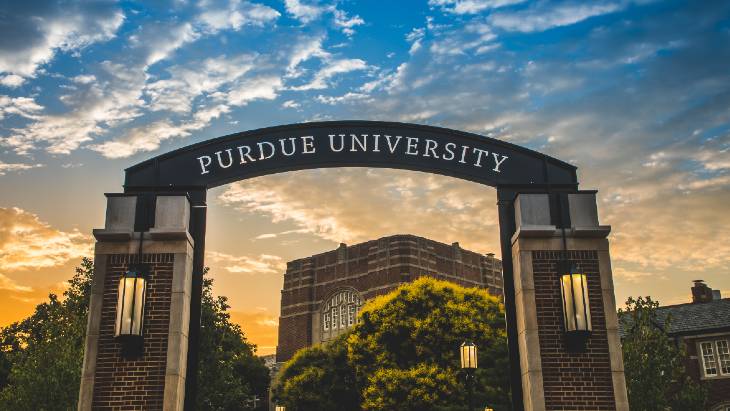The university, which has a well recognised nuclear engineering programme, and Duke Energy, which operates the largest regulated nuclear fleet in the USA - with 11 units at six plants - will look at whether an SMR could meet current and future needs for the West Lafayette campus as well as providing any excess power to the state's electric grid.
"No other option holds as much potential to provide reliable, adequate electric power with zero carbon emissions," said Purdue President Mitch Daniels.
"Innovation and new ideas are at the core of what we do at Purdue … we see enough promise in these new technologies to undertake an exploration of their practicality, and few places are better positioned to do it."
Duke Energy Indiana President Stan Pinegar said: "Nuclear provides reliable energy and can complement other carbon-free energy sources, such as solar and wind … we have more than 50 years of experience with safe, reliable operations. We can share that experience with one of America's premiere engineering schools to see what this technology could do for its campus as well as the state."
SMRs are defined as nuclear reactors generally 300 MWe equivalent or less, designed with modular technology using module factory fabrication, pursuing economies of series production and short construction times. This definition, from World Nuclear Association, is closely based on those from the IAEA and the US Nuclear Energy Institute.
Duke Energy is already involved in various aspects of the development of SMRs - while Purdue is also playing a key role in the technology by developing and verifying the steel-plate composite construction used in SMRs at the on-campus Bowen Laboratory through the Center for Structural Engineering and Nuclear Power Plants.
The feasibility study is expected to begin in the coming weeks.





_18570.jpg)
_16159.jpg)
_18938.jpg)
_33584.jpg)





